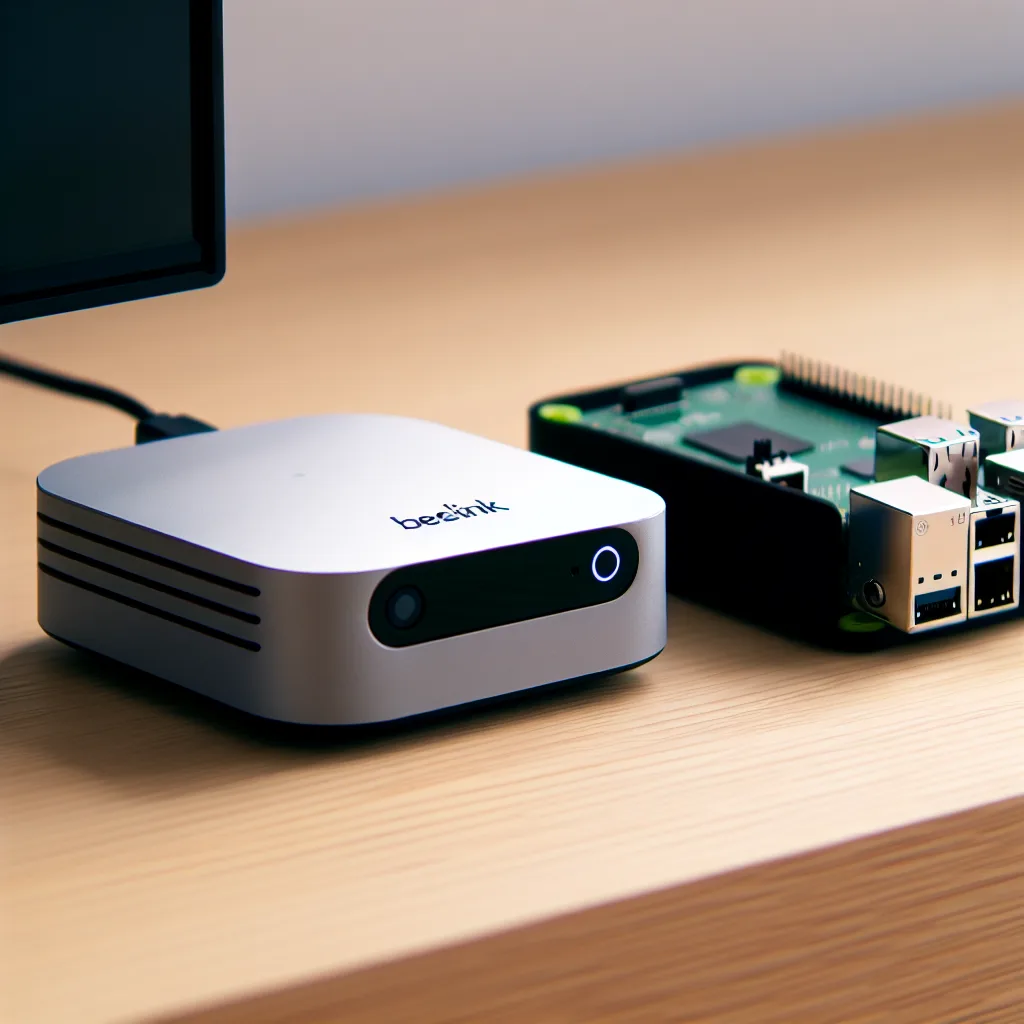Is the Beelink SER5 Max a worthy step up from your current setup?
If you’ve been noodling on upgrading your little home setup, and you’re tossing around the idea of a Beelink mini PC, you’re not alone. I recently looked into the Beelink SER5 Max because, honestly, my trusty Raspberry Pi was starting to show its age. Let’s dig into what makes this mini PC worth considering and why it might just be the perfect next step for many of us.
What’s the Beelink mini PC all about?
The Beelink SER5 Max packs some serious hardware punch for the price. It has a Ryzen 7 6800U with 8 cores and 16 threads, 32GB of lightning-fast LPDDR5 memory, two PCIe 4.0 slots (which are great for speedy add-ons), and a Radeon 12-core integrated GPU running at 2200 MHz. All that comes for around $350 after tax, which feels like a pretty solid deal.
Now compare that to a brand-new Raspberry Pi 5 with 16GB RAM, which costs about $100. Sure, the Pi is a solid little machine and great for lots of projects, but it’s ARM-based with only 4 cores at a lower clock speed and uses LPDDR4 memory. Once you add up the power supply, a decent case, a good NVMe drive, and the accessories needed to really make the Pi sing, you’re almost $100 away from the Beelink’s price. Plus, the Beelink supports virtualization—a big plus for those wanting to run VMs or more intensive server tasks, which the Pi can’t handle well.
Real-world use: How does the Beelink mini PC hold up?
I’ve spoken to users who’ve moved up to these Beelinks from various setups, including Raspberry Pis and older desktops. The general consensus? It holds up very well for day-to-day tasks, media streaming, and even more demanding workloads. Some report it runs quiet and stays cool thanks to efficient cooling design, which was a nice surprise.
Of course, with any compact device, you might find occasional thermal throttling if pushed extremely hard over long periods or minor quirks in setup. But that’s true of many mini PCs on the market today. The support and drivers for the Ryzen mobile platform are pretty mature, and Beelink has a solid reputation for hardware.
Why consider upgrading to a Beelink mini PC?
- More power for multitasking: 8 cores and 16 threads mean it can handle more apps or background tasks without slowing down.
- Better graphics performance: Thanks to the Radeon 12-core iGPU, it handles media and light gaming better than what you’d get from a Pi.
- Virtualization support: A big bonus for tech enthusiasts who want to experiment with multiple virtual machines.
- Compact yet expandable: Two PCIe 4.0 slots give room for future upgrades like extra SSDs or specialized cards.
If you’re starting to feel the limits of your current setup and want something that keeps the small footprint but amps up the performance, the Beelink mini PC is worth a look.
Things to keep in mind before making the switch
- Price difference: It’s definitely a jump from a Raspberry Pi’s price, so consider what you really need.
- Power draw and heat: Being more powerful means it uses more energy and needs cooling compared to ultra-low-power devices.
- Software compatibility: The Beelink runs Windows or Linux easily, but some ARM-focused software on the Pi won’t run here.
For more details about the Beelink SER5 Max specs and performance, check out the official Beelink website, and if you’re curious about processors, AMD’s official Ryzen 7 6800U info is a good read over here.
In the end, whether to upgrade to a Beelink mini PC really comes down to what you want from your desktop or server setup. For heavy multitasking, virtualization, or a small yet powerful media center, it shines. But if you’re perfectly happy with a Pi for light projects or experimenting, your money might be better spent elsewhere.
I’ve had my eye on one for a few weeks now, and if I decide to jump, I’ll be sure to share how it feels in real life. Meanwhile, if your Pi’s feeling cramped, it’s worth giving the Beelink mini PC a serious thought.
